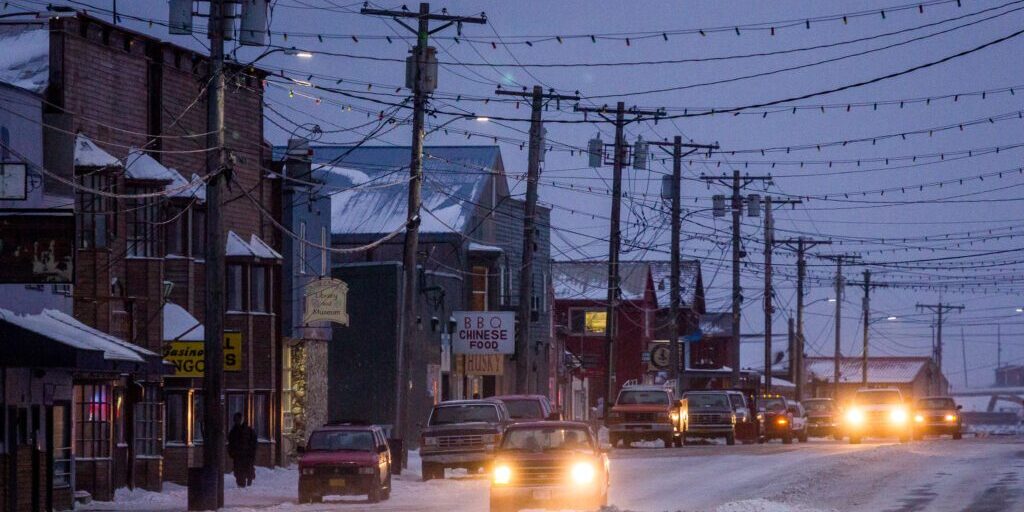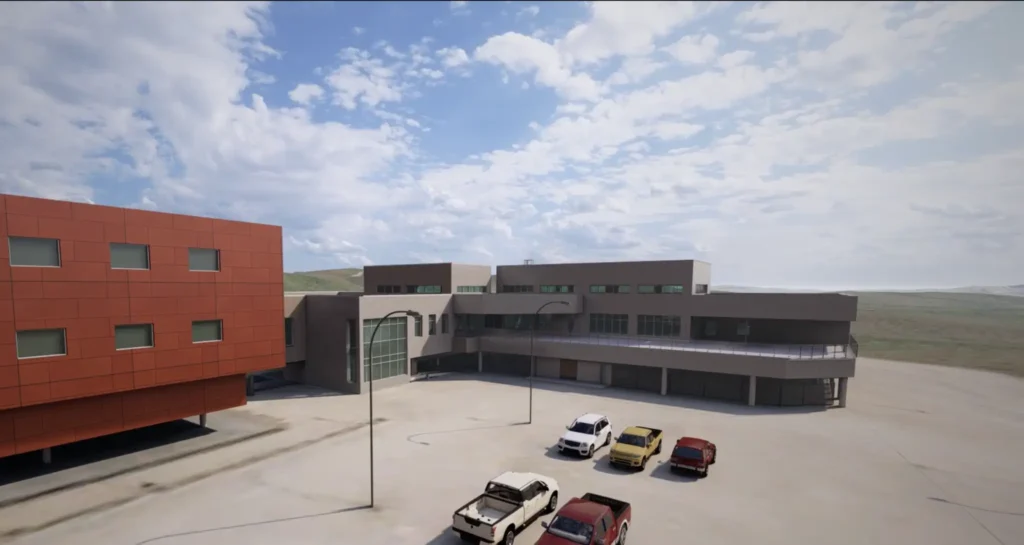The Nome Emergency Shelter Team (NEST) will receive $54,639 from the federal government to support permanent housing for residents without a home.
The U.S. Department of Housing and Urban Development, or HUD, announced the award last week as part of its largest annual grant program, called Continuum of Care. Twenty-three projects across Alaska were awarded a total of $3,731,246.
Lee Jones, Public Affairs Officer for HUD in the Northwest, explains the grant program:
“The basic theory of the Continuum of Care model is that HUD has the funding, HUD provides a set of statutory frameworks about how the funding can and cannot be used, but then it’s really up to a local community to figure out based on what they know, who they serve, what works and what doesn’t in their particular community.”
Jones covers a region that includes Alaska as well as Washington, Oregon, and Idaho. He says the Continuum of Care grants allow local governments and non-profits to decide for themselves the best way to fight homelessness in their communities.
But NEST Housing Specialist Sue Steinacher says it’s not quite that easy:
“The HUD requirements are very specific, very complex, and oftentimes really not applicable to rural Alaska.”
Steinacher first applied for HUD funding in 2016 to support an on-going project with Norton Sound Health Corporation. That program aims to provide housing for people coming out of homelessness while working to get sober and then maintain sobriety.
“For a few years we’ve had apartments leased, where [NSHC] Behavioral Health will make the recommendation on the person they think would most benefit from housing, and then NEST finds the money to keep the housing paid for. I learned about Continuum of Care and thought that what we were doing pretty much fit the criteria of that grant.”
HUD agreed and awarded NEST $50,592 in 2016. But before NEST could touch those funds, they had to make sure their program, and the people it helped, met all the guidelines: rules that Steinacher says are tricky to follow and not perfectly attuned to the needs of rural Alaskans. She points to HUD’s strict definition of “homelessness” and regulations that make more sense in urban centers not faced with a severe housing shortage.
When Steinacher applied to renew NEST’s Continuum of Care grant last year, she was still jumping through hoops set up by the first award from 2016.
“I have only just started using last year’s Continuum of Care funds, because we did have enough donations to carry us while I tried to figure all of this out.”
But figure it out she did, and NEST has been able to begin using the federal grant to expand its permanent housing program, which currently supports five apartments. With the renewal announced last week, NEST has received over $100,000 from HUD.
Still, Steinacher says, there’s a lot more work to do in Nome before everyone has a safe place to come home to.
Correction: An earlier version of this story incorrectly stated that NEST maintains three federal grant-supported apartments. NEST currently supports five apartments.
Image at top: file photo: Nome’s Front Street. Photo: David Dodman, KNOM.







